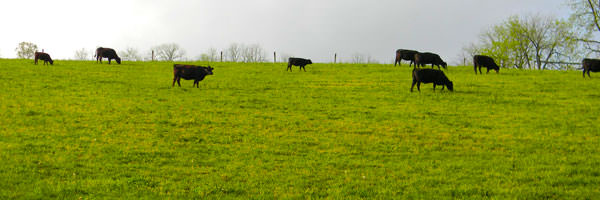
Most of us want to eat healthier. Watch the news or read the papers and it can get a little overwhelming. Eat organic? Eat local? No antibiotics or growth hormones? And where can you get all this?
Of major concern to many people today is how the meat we eat is raised and what it is fed. Most of the beef, pork and poultry available in the supermarket has been industrially raised in crowded, unhygienic conditions, and fed antibiotics (as a preventive, not because the animals are ill) and hormones to speed the animals’ growth and get them faster to market.
But there is an alternative, and it’s right here in Bucks County.
Why grass-fed?
Increasingly, consumers are choosing to buy beef that has been raised on pasture – the way nature intended. Why is this better, you might ask? And why is it often more expensive? To answer these questions you need to learn a little more about cattle.
Dennis and Carol Dorney raise grass-fed, pastured cattle on their farm, Naturally@Holben Valley, in New Tripoli, up in Lehigh County. Each Saturday they travel to the Wrightstown Farmers Market to sell their beef.
“I’m not so much a cattle farmer as a grass farmer.”
“I’m not so much a cattle farmer as a grass farmer,” explains Dennis. “I grow the kind of crop that cattle need to eat nutritionally and they do the harvesting.” That includes orchard grass, tall fescue, sorghum grass, brasicas (radishes, kale) and field peas. And no grain.
Cattle are not genetically built to digest grain, but those raised in CAFOs (Concentrated Animal Feeding Operations – doesn’t that sound appetizing?) are fed a steady diet of corn and soy to speed up the growth process.
The Dorneys feed their cattle grass and hay year-round, even in winter. It’s better for the animals, and, as it turns out, it’s better for us humans too.
 Less fat, more omega-3
Less fat, more omega-3
According to recent research, beef from grass-fed meat packs up to a third less fat per serving. The fat it does have boasts more benefits: A three-ounce serving contains 35 milligrams of the heart- and brain-protecting omega-3s EPA and DHA, compared with only 18 milligrams for the same serving of meat from grain-fed stock.
Pasture-raised cattle also have twice the conjugated linoleic acid (CLA) per serving (26 milligrams, compared with 13 milligrams in grain-fed). CLA, this research reports, “may influence the onset and severity of several chronic diseases, including various cancers, atherosclerosis, obesity, bone density loss, and diabetes.”
It’s all about genetics
The Dorneys live on a 250 acre farm that has been in their family since 1957. In 1988, they bought some beef cows that were already bred, but then a few years later they got their own bull, and started cross-breeding to get hybrid vigor.
It’s all about genetics. Farmers raising grass-fed cattle are quickly learning how to breed and watch carefully when the animal is ready to go to slaughter. That produces tender beef with great taste.
Because the Dorneys have a small closed herd, and don’t bring in cattle from outside auctions, the animals do not require antibiotics. They also choose not to use growth hormones or steroids. Although they are not USDA certified organic, they follow many organic practices.
For the first ten years, Dennis fed the cattle conventionally with alfalfa and corn. But that all changed when Dennis attended a Mennonite meeting where they spoke about the benefits of grass-fed beef. From that point on, the animals were fed only grass year-round.
“We care about our product and we’re trying to do it the right way.”
“We care about our product,” says Dennis, “and we’re trying to do it the right way.” That includes being sustainable – growing everything they need to feed the cattle and using conservation practices like crop rotation and tillage, pasture management and contour farming.
They also compost the manure and bedding from the herd; plant disease and pest resistant plant varieties; and conserve soil and water by using no-till and minimum tillage practices for their crops.
At Holben Valley Farm, the cattle are rotated through nine pastures, or paddocks. When they’ve eaten down the grass in one paddock, they move onto the next. The Dorneys have 50 acres in pasture now but their goal is to add 10–20 more this year.
“The more the cattle can harvest their own food (instead of us humans),” explains Dennis, “the more cost efficient it is – less feed, less fuel.”
Grass-fed cattle take an average of 20 months to mature for market, as opposed to cattle raised in industrial feed lots which take 14-16 months. This is the main reason grass-fed beef is more expensive than what you might pick up at Costco. “It’s more work but better meat,” says Dennis. “It’s also better for the cattle and it’s healthier for humans.”
 You can learn more about the Dorneys and Holben Valley Farm on their website, www.lehighvalleygrassfed.com, including the cuts of meat they sell. Or come out to the Wrightstown Farmers Market every Saturday to meet them and buy some great-tasting, healthy beef. Look too for their pasture-raised turkeys come next fall.
You can learn more about the Dorneys and Holben Valley Farm on their website, www.lehighvalleygrassfed.com, including the cuts of meat they sell. Or come out to the Wrightstown Farmers Market every Saturday to meet them and buy some great-tasting, healthy beef. Look too for their pasture-raised turkeys come next fall.
The Wrightstown Farmers Market is at 2203 2nd Street Pike in Wrightstown, just north of Richboro and Newtown, PA.

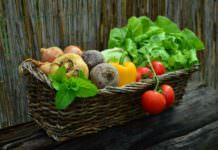

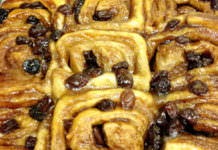
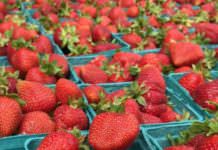
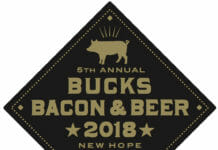


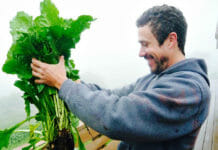
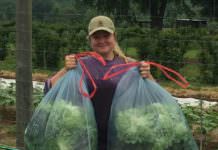
![What we’re reading [Oct 16 2017]](https://www.buckscountytaste.com/wp-content/uploads/2017/10/coffee_macbook_reading_pexels-photo-414630-218x150.jpeg)
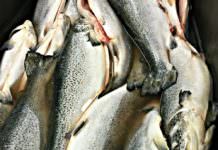
Love their beef and Dennis and Carol are such wonderful people! Made unbelievable corned beef from their brisket for the 2nd St. Patty’s in a row. The flavor and quality of grassfed is incomparable.